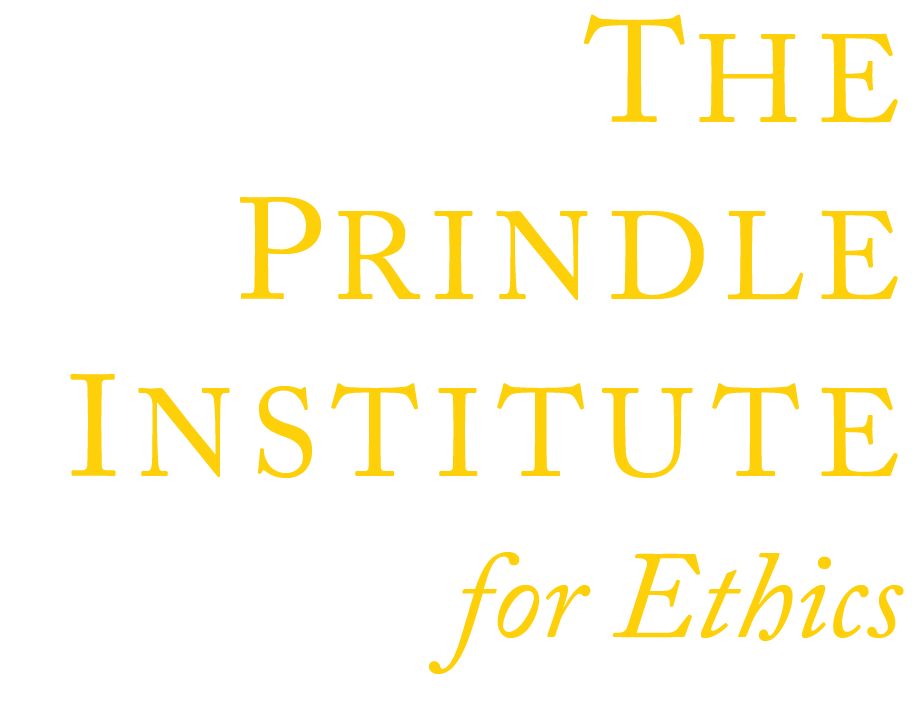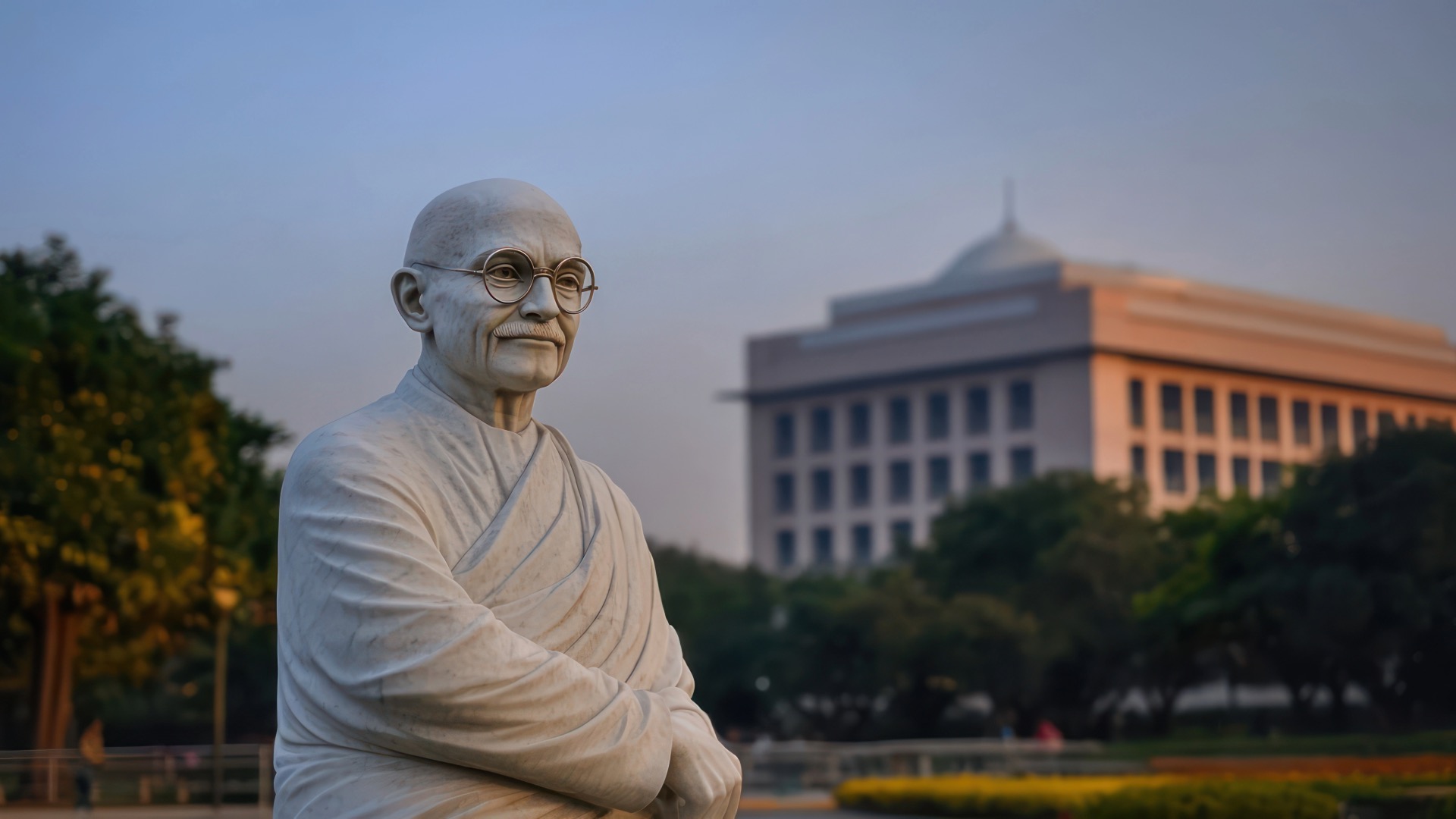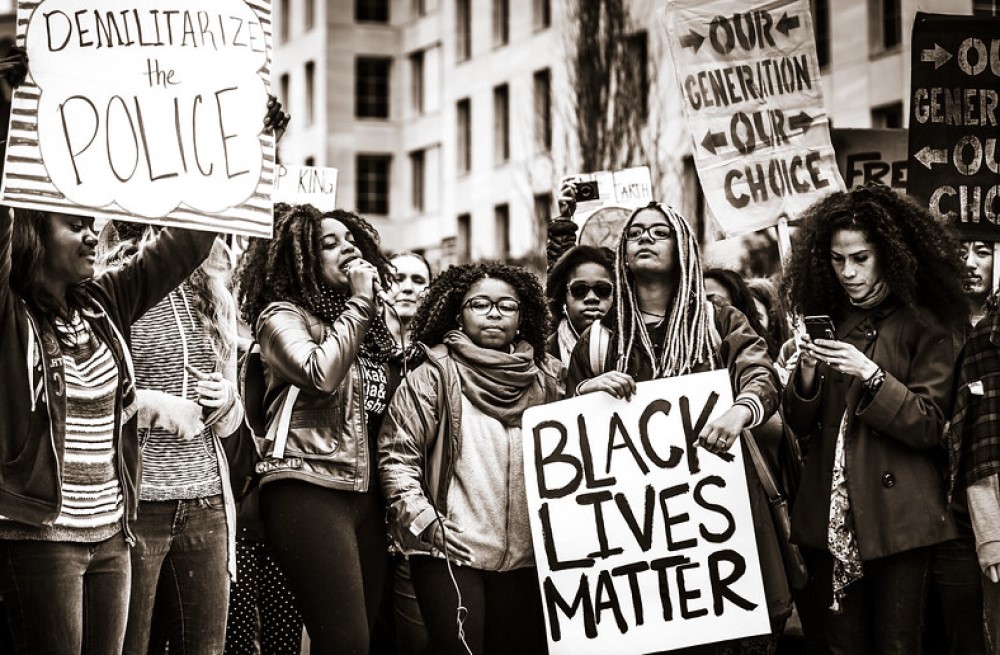INTRODUCE STUDENTS TO THE POWER OF CIVIC ENGAGEMENT.
This 8-day classroom module guides students through the history and practice of social change, from the Civil Rights Movement to contemporary activism. By studying the works of influential figures like Martin Luther King Jr., Mahatma Gandhi, and Henry David Thoreau, students will develop a solid understanding of the ethics of protest and themes of civic responsibility in a democratic society, and have a chance to practice key democratic virtues together.
Key features of this module include: Interactive experiences such as an audio simulation of a sit-in protest; Practical activities like creating protest signs inspired by historical speeches; Discussions on civil disobedience, civility, and the role of emotions in politics; An in-class Ethics Bowl activity to apply new concepts and practice key discursive skills
Navigation: Day 1 | Day 2 | Day 3 | Day 4 | Day 5 | Day 6 | Day 7 | Day 8
OBJECTIVE
Lorem ipsum dolor sit amet, consectetur adipiscing elit. Sed varius, ipsum at placerat molestie, nunc leo dapibus augue, finibus elementum est lacus vel lectus. Nulla lobortis ullamcorper sem at ullamcorper. Proin lacinia sit amet enim sed ultricies. Sed vel massa scelerisque nisl pellentesque feugiat sed in lorem. Morbi tincidunt neque.
WARM-UP: ACTIVATE PRIOR KNOWLEDGE
-
- What do you know about the civil rights movement and its key figures?
- What were the main legislative accomplishments of this era of American politics?
- What is the legacy of the civil rights movement in American public life?
IN-CLASS ACTIVITY: BETWEEN THE LINES OF KING’S LETTER
Supplies: Text; Highlighters; Sticky Notes; Digital Annotation Tools/Devices
1. Close Reading: Arrange students into groups of 3-4 each, and have each carefully read and discuss a major passage associated with a core theme of the letter:
-
- The purpose and ethics of nonviolent protest
- The concept of “just” and “unjust” laws
- King’s disappointment with white moderates
- The role of the church in social movements
2. Collaborative Analysis/Annotation: After an initial reading and discussion period, have students students use highlighters and sticky notes (or digital annotation tools) to mark key phrases, important arguments, and rhetorical devices in their assigned excerpts. Encourage students to highlight argumentative steps, allusions (historical/philosophical exemplars, religious premises, etc.), and other rhetorical devices. Some potential things to look for:
-
- What is King’s main argument in this passage?
- What rhetorical devices (e.g., metaphors, parallelism) does he use to support his point?
- How does this section connect to the overall purpose of the letter?
3. Group Reporting: Have each group present their excerpt to the class, sharing their annotated observations and answering questions such as:
-
- What stood out most in your passage?
- What do you think King wants his readers to feel or understand after reading this section?
- How does your passage support King’s overall argument in the letter?
4. Wrap-Up Discussion/Integration: Bring the class together for a thematic discussion of major elements of King’s letter, and his recommendation for non-violent civil disobedience.
-
- Why does King compare the fight for civil rights to religious and historical struggles?
- How does King use conventions like rhetorical questions or direct address to persuade the reader?
- What passage resonated with you most, and why?
- How did King’s arguments challenge or change your perspective?
LESSON PLANNING RESOURCES
-
Student Pre-Reading
-
Context: Podcast
-
Context: Book
-
Context: Article
DAY 2: CIVIL RIGHTS AND CIVIL DISOBEDIENCE (II)
OBJECTIVE
Lorem ipsum dolor sit amet, consectetur adipiscing elit. Sed varius, ipsum at placerat molestie, nunc leo dapibus augue, finibus elementum est lacus vel lectus. Nulla lobortis ullamcorper sem at ullamcorper. Proin lacinia sit amet enim sed ultricies. Sed vel massa scelerisque nisl pellentesque feugiat sed in lorem. Morbi tincidunt neque.
WARM-UP: SIMULATING A SIT-IN
In cities such as Greensboro and Nashville during the height of the Civil Rights Movement, college students staged non-violent “sit-ins,” asking to be served at whites-only lunch counters to protest segregation. Movement leaders prepared demonstrators for what they would endure by acting out the scenes ahead of time and creating plans in the case of arrest or harm. This audio experience, brought to you by the National Center for Civil and Human Rights, allows you to experience part of the Center’s lunch counter sit-in installation.
Ask your students to consider and/or discuss the following questions after listening to the experience:
-
- What emotional and physical challenges do you think participants in a sit-in faced, both during and after the protest?
- How did the public nature of sit-ins contribute to their effectiveness as a form of protest, and what risks did this visibility pose to participants?
- What personal values or beliefs might have motivated individuals to participate in a sit-in, knowing the potential for arrest, violence, or discrimination?
CONCEPTUAL REVIEW: KING ON NON-VIOLENT DIRECT ACTION
-
Fact-Finding
There can be no gainsaying of the fact that racial injustice engulfs this community. Birmingham is probably the most thoroughly segregated city in the United States. Its ugly record of police brutality is known in every section of this country. Its unjust treatment of Negroes in the courts is a notorious reality. There have been more unsolved bombings of Negro homes and churches in Birmingham than in any other city in this nation. These are the hard, brutal, and unbelievable facts.
-
Negotiation
Then came the opportunity last September to talk with some of the leaders of the economic community. In these negotiating sessions certain promises were made by the merchants — such as the promise to remove the humiliating racial signs from the stores. On the basis of these promises Rev. Shuttlesworth and the leaders of the Alabama Christian Movement for Human Rights agreed to call a moratorium on any type of demonstrations. As the weeks and months unfolded we realized that we were the victims of a broken promise. The signs remained.
-
Self-Purification
As in so many experiences of the past we were confronted with blasted hopes, and the dark shadow of a deep disappointment settled upon us. So we had no alternative except that of preparing for direct action, whereby we would present our very bodies as a means of laying our case before the conscience of the local and national community. We were not unmindful of the difficulties involved. So we decided to go through a process of self-purification. We started having workshops on nonviolence and repeatedly asked ourselves the questions, “Are you able to accept blows without retaliating?” “Are you able to endure the ordeals of jail?”
-
Direct Action
We decided to set our direct-action program around the Easter season, realizing that with the exception of Christmas, this was the largest shopping period of the year. Knowing that a strong economic withdrawal program would be the by-product of direct action, we felt that this was the best time to bring pressure on the merchants for the needed changes. Then it occurred to us that the March election was ahead, and so we speedily decided to postpone action until after election day. When we discovered that Mr. Connor was in the run-off, we decided again to postpone action so that the demonstrations could not be used to cloud the issues. At this time we agreed to begin our nonviolent witness the day after the run-off… This reveals that we did not move irresponsibly into direct action. We too wanted to see Mr. Connor defeated; so we went through postponement after postponement to aid in this community need. After this we felt that direct action could be delayed no longer.
IN-CLASS ACTIVITY: GIVE ME A SIGN
Supplies: Access to video clips or transcripts of key excerpts from the “I Have a Dream” speech, Large poster boards or paper for each student, along with markers, colored pencils, or digital design tools, Sticky notes for feedback during the gallery walk portion of the activity.
1. Overview: Begin by providing a brief overview of the March on Washington and the historical context of “I Have a Dream.” Highlight Dr. King’s goals and the central themes of his speech, such as justice, equality, and the power of hope and unity.
2. Video Excerpts: Show students several key excerpts from the speech (or play an audio recording). Encourage them to listen closely and jot down phrases, images, or ideas that stand out. Suggested excerpts might include:
-
- The famous “I have a dream…” section, with visions of racial harmony and justice
- King’s references to the Constitution and the Declaration of Independence
- His call for freedom, equality, and justice, with particular attention to his methodology
3. Design Your Sign: Provide each student with a poster board or large paper and ask them to design a sign or infographic inspired by the themes, arguments, or images in Dr. King’s speech. Encourage students to think about how their signs might convey hope, call for action, or inspire empathy. Each design should:
-
- Include a message that captures one of the speech’s central themes (e.g., justice, freedom, equality)
- Feature visual elements such as symbols, colors, or powerful phrases
- Be mindful of historical context, using imagery and language that reflect the spirit of the Civil Rights Movement
4. Gallery Walk/Peer Feedback: Arrange the finished signs around the room and have students participate in a gallery walk. Give each student a handful of sticky notes so they can leave comments or reflections on each other’s work, using prompts like:
-
- What message or theme stands out to you?
- How does this sign or infographic make you feel?
- What imagery or words were particularly impactful?
LESSON PLANNING RESOURCES
-
Student Pre-Reading
-
Context: Podcast
-
Context: Book
-
Context: Article







